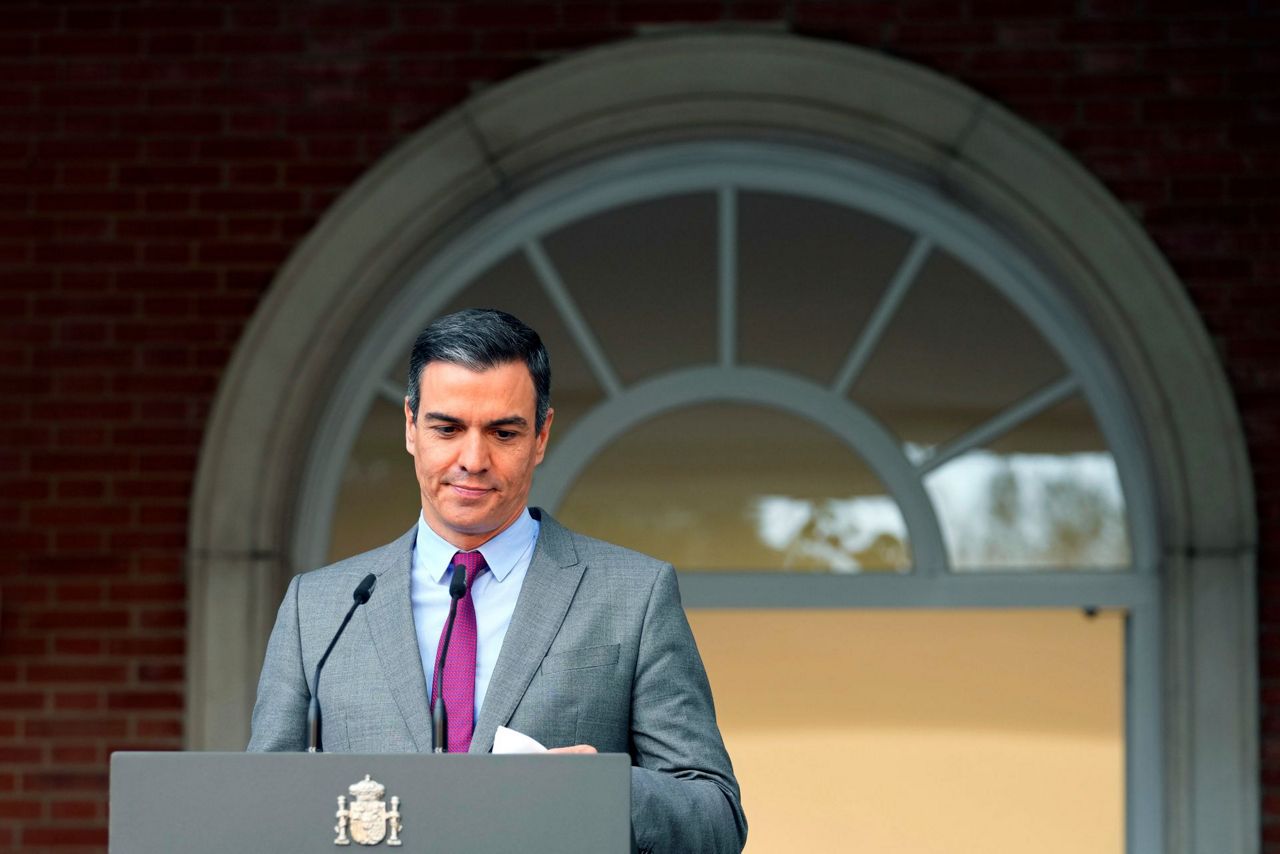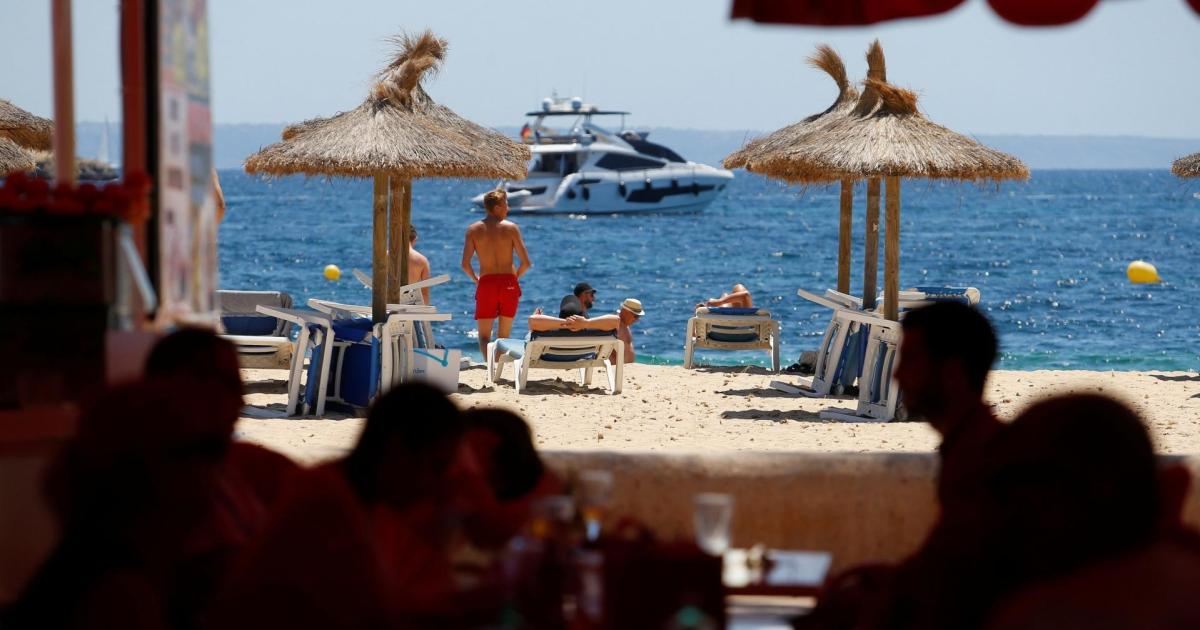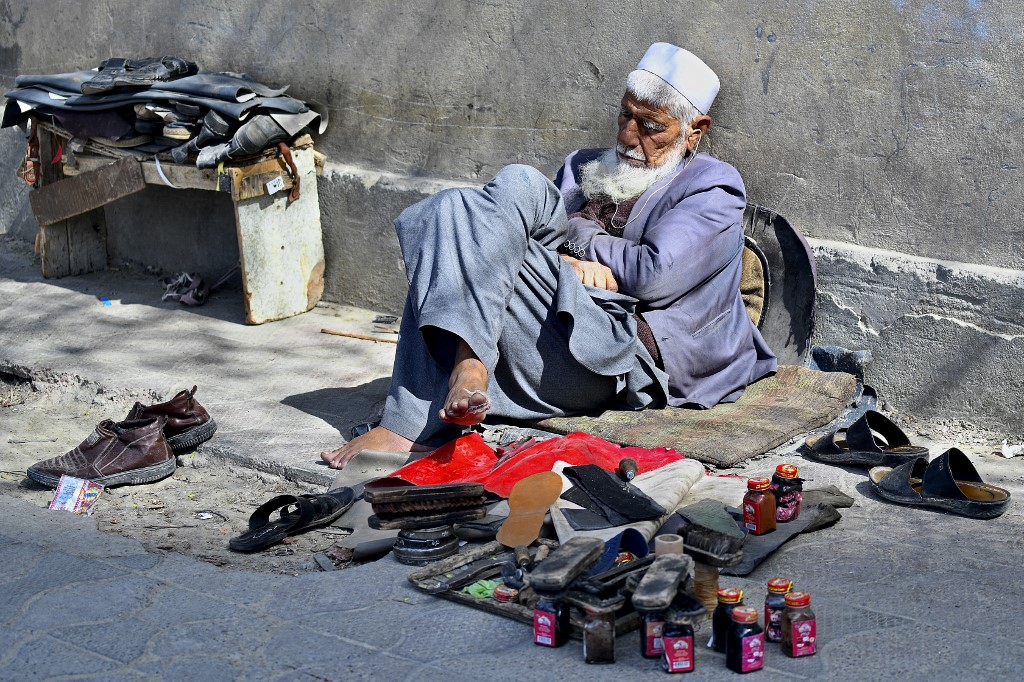The European economy is enjoying a period of positive momentum as growth spreads across all member states, public accounts are expected to look healthier and risks are balanced for the first time in a long time, the European Commission concluded on Thursday 9 November.
“These are the highest growth rates in ten years,” said exultant Economic Affairs Commissioner Pierre Moscovici during the presentation of the autumn economic forecast.
The EU executive has significantly improved its growth estimate for this year for the euro area to 2.2%, against 1.7% in the spring. For the EU as a whole, the figure also improved to reach 2.3% of GDP growth, compared to 1.9% in the previous forecast.
For 2018, the economy will also exceed expectations, growing by 2.1% in both the euro area and the 28 Member States, against 1.8% and 1.9% respectively expected in the spring.
The Commission noted that the positive news is partly due to the acceleration of economic activity during the first half of this year.
Meanwhile, uncertainty diminished, as the intense electoral cycle was confined to the history books and the impact of populist and anti-European parties was contained.
Still, Moscovici admitted that this recovery has been “more subdued” than in past recessions and blamed “slow” wage growth in national economies.
No Catalan impact
The solid march of the economy across the bloc was visible in Moscovici’s analysis of member states, including those facing severe political turmoil, such as Spain.
The Commission has slightly improved its forecast for next year to 2.5% GDP growth, even above the figure published by the Spanish government (2.3%).
Officials explained that they had not included the impact of the Catalan crisis in the central scenario. “There is a risk that future developments will have an impact on growth, the magnitude of which cannot be anticipated at this stage,” explained the forecast document.
Moscovici even suggested that Spain, one of the very few countries still in an excessive deficit procedure, could step out of the “red zone” next year.
According to forecasts, the deficit will be 3.1% this year but “we do not exclude the fact that we could have a nice surprise,” he told reporters. Spain will meet the requirement to keep the deficit well below the 3% threshold over the next two years.
“If the situation improves over the next few weeks, production growth could be above 2.3%, because in the absence of the Catalan problem, the growth of the Spanish economy would have been very close to that of this year, “said Spanish Minister of Economic Affairs Luis de Guindos. Spain’s GDP is expected to grow by 3.1% in 2017.
The optimistic tone was also perceptible when he mentioned other economies which are struggling to balance their public accounts (France), to revive their growth (Italy) or to return to the markets (Greece).
In the case of France, Moscovici said the risks are balanced. Therefore, if the French government continues its reform efforts, “I think it will come out of the procedure in the spring of 2018”.
The French deficit is expected to be 2.9% of GDP this year and next, and will drop to 3% in 2019.
The French Ministry of Finance confirmed in a press release its “determination” to implement the measures to exit the excessive deficit procedure. It was the first time its deficit had remained below the 3% threshold within the three-year forecast horizon in a decade, the ministry noted.
On the right track
Italy’s growth figures are expected to be well below the euro area average: 1.5% in 2017, 1.3% in 2018 and just 1% in 2019.
However, Moscovici opted for a positive reading of the country’s situation to stress that the recovery is “really underway”, and that the economy remains “on the right track”.
The French commissioner was also “rather optimistic” about the Greek program. International lenders and Athens aim to complete the third bailout review in December, to pave the way for a successful exit from the bailout next August.
Recent events, including the notary strike, could derail efforts to improve the financial situation.
In addition, the executive lowered the growth forecast for this year by half a point to 1.6%.
Still, Mosovici insisted that Greece’s efforts are “on track” to sever ties with its aid regime and return to markets next year.
Despite the improvement in the situation, major challenges remain, including the still high level of public debt in Europe (almost 90% of GDP), the persistently high level of unemployment in countries such as Spain and Greece. , and low wage growth, which shows that the economic dynamic is not felt by many Europeans.
“Stronger wage growth would be an important indicator of the sustainability of the expansion, as it would support the continued growth of private consumption and contribute to price stability,” wrote in the forecast document Marco Buti, managing director of Economic and Financial Affairs.
Public investment remains below the pre-crisis level, inflation remains moderate and productivity must accelerate.
The risks emerge mainly on the geopolitical front, for example a deterioration scenario with North Korea.









/cloudfront-eu-central-1.images.arcpublishing.com/prisa/YICG4UUPGBGG5CNHHW4HYQYBNE.jpg)







